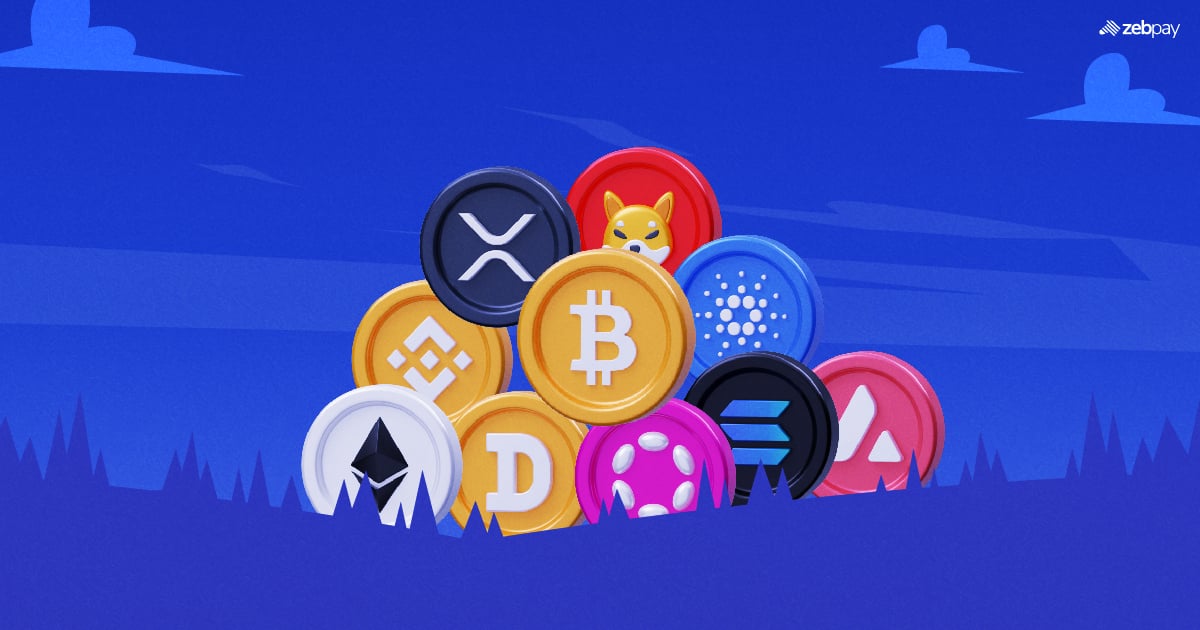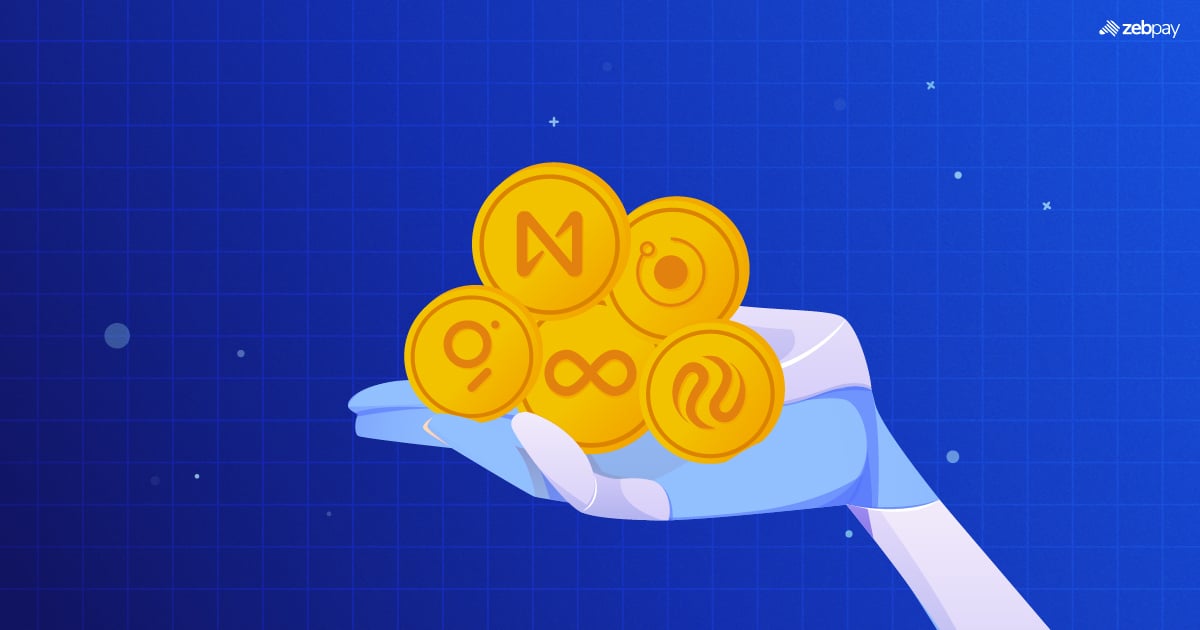When making a crypto investment decision, what factors do you consider? Chances are, you look into the project’s white paper, the technical background and the development team. But one of the most essential features that give a crypto coin value is its tokenomics. It can be a big contributor to the success of many projects. But what is tokenomics exactly, and how does it work?
What is Tokenomics?
A combination of “token” and “economics”, tokenomics is the design and economics of crypto tokens. This includes their creation, distribution, and management. Tokenomics considers factors such as utility, scarcity, distribution, and demand to create a sustainable and valuable ecosystem for the token.
Tokenomics is essential for understanding the value and potential of a token, as well as its long-term success. It is a crucial aspect of the blockchain ecosystem and is widely used in Initial Coin Offerings (ICOs) and investments.
How Do Tokenomics Work?
Tokenomics is concerned with designing and managing a token’s supply, distribution, and demand. The purpose of tokenomics is to create a sustainable economic ecosystem around a token that incentivizes users and adds value to the platform.
On an underlying level, tokenomics are implemented during the development of the crypto project. Items such as supply, distribution and incentive mechanisms are programmed into the project’s base systems. This is intended to provide clarity and transparency, making information available to all users.
What are the Key Elements of Tokenomics?
Token Supply
This element affects the scarcity and value of a crypto token. Under token supply, a project decides the maximum possible number of tokens. It also determines the process for new tokens to be minted.
Token Distribution
Distribution is concerned with how tokens are divided between the various stakeholders. Some of the key stakeholders include users, developers and investors. Token distribution affects the initial division, concentration of funds and fairness.
Token Utility
Token utility refers to the various uses of a token within the blockchain ecosystem. This may include fee payment, fund transfers or even on-chain voting. The utility can affect a token’s demand, usage rate and value, based on how many users engage with the platform.
Token Governance
Governance is responsible for determining how an ecosystem is managed and updated. This includes consensus mechanisms, voting on proposals and community decision-making. Decentralisation and security within a project are determined through governance.
Features of Tokenomics

Blockchain Technology
A blockchain is a distributed ledger of transactions that can be used by all users. There is no central authority that controls access or permissions on the network. Tokenomics is often implemented using blockchain technology, which provides a secure and decentralised ledger for tracking the ownership and transactions of tokens.
Smart Contracts
Smart contracts are self-executing programs that can be programmed to enforce the rules of a token ecosystem. They can be used to automate actions and agreements on a blockchain network. In tokenomics, smart contracts can be used to govern the issuance, distribution, and usage of tokens.
Consensus Algorithms
Consensus algorithms are a tool used to validate transactions on a blockchain. They are used to maintain the integrity of the network and prevent double-spending. Different consensus algorithms have different trade-offs in terms of security, speed, and scalability. Consensus makes tokenomics secure and more reliable.
How to do Tokenomics Analysis?
Tokenomics analysis involves studying the economic and financial aspects of a crypto token. This includes its supply, demand, distribution, and overall value proposition. Here are some steps you can follow to perform a tokenomics analysis:
- Understand the token: Start by researching the project, its whitepaper, and its ecosystem. Gain an understanding of its use case, market positioning, and competitive landscape.
- Analyze the tokenomics model: Look at the tokenomics model, including the token supply, token allocation, and token distribution. This will help you evaluate the token’s scarcity, inflation, and potential for value appreciation or depreciation.
- Evaluate the market demand: Analyze the market demand for the token, including its historical price performance, trading volume, and liquidity. You can also look at market sentiment, social media, and community engagement to gauge investor interest.
- Consider external factors: Look at macroeconomic factors, regulatory trends, and technological advancements that could impact the token’s value. This will help you identify potential risks and opportunities for the token.
- Develop a valuation model: Use the information you have gathered to develop a valuation model for the token. This could include metrics such as market capitalization and technical indicators like moving averages and oscillators.
What are Some Tokenomics Examples?
Here are the tokenomics of the two most popular tokens in the crypto market.
- Bitcoin: Bitcoin’s tokenomics is based on a deflationary model, where the total supply is limited to 21 million coins. Bitcoin’s supply and its mining rewards are designed to decrease over time. This model is meant to create scarcity and encourages price appreciation in the long run.
- Ethereum: Ethereum’s tokenomics is based on the concept of gas, which is used to pay for transactions and execute smart contracts on the Ethereum network. The supply of gas is designed to be flexible and responsive to market demand. Additionally, ETH has an uncapped supply, since its main use is to power the Ethereum ecosystem.
Conclusion
Tokenomics refers to the economic and financial systems that determine how a crypto token works. Some of the most important elements are the supply, distribution, utility and governance of a token. Studying the tokenomics of a project can be complex, but it helps determine the long-term prospects and value proposition of a token. Thus, tokenomics are an essential part of projects that all crypto investors should analyze for better returns.
You can learn more about crypto trading and investing on ZebPay blogs. Join the millions already trading with ZebPay.







